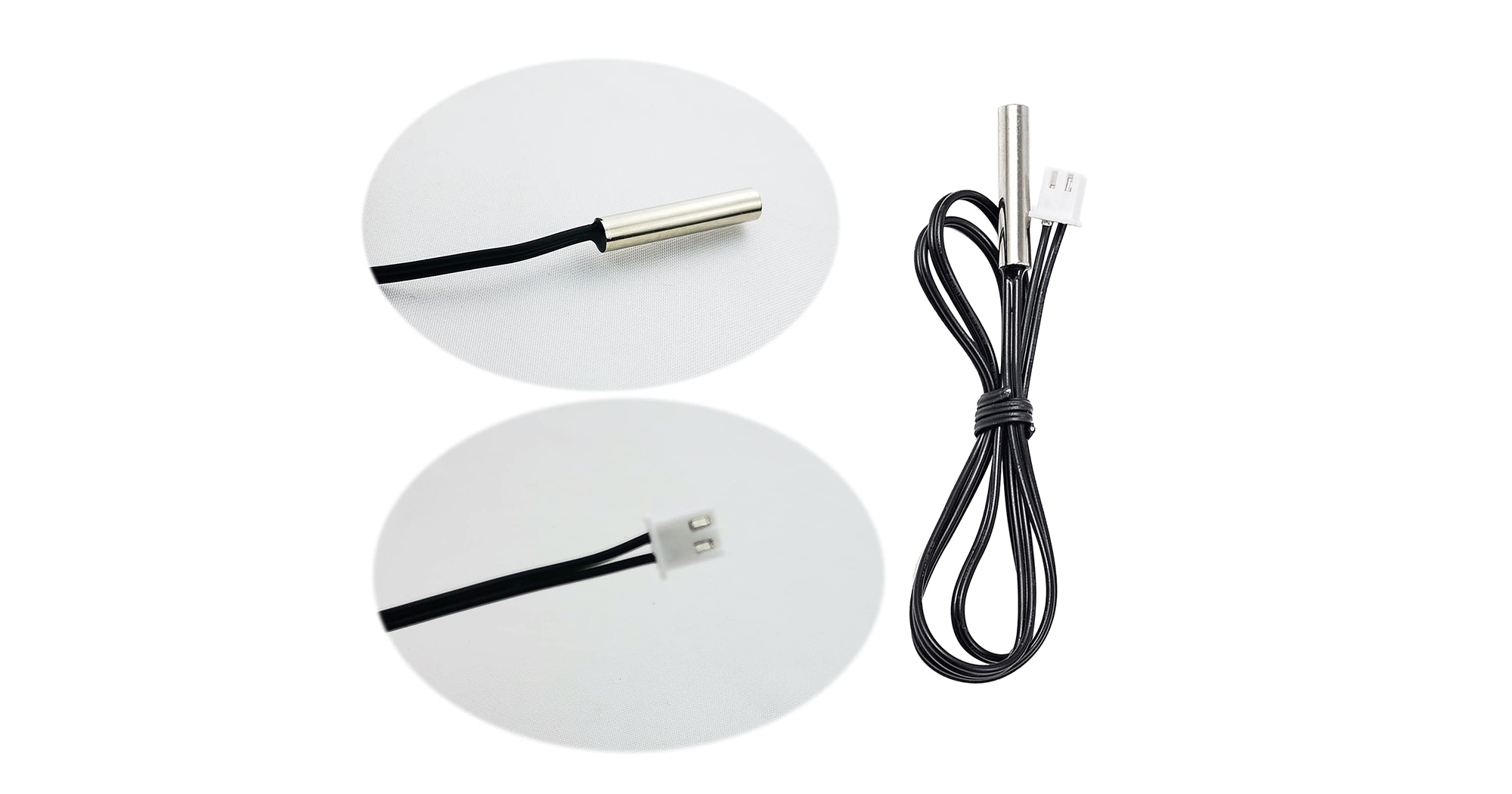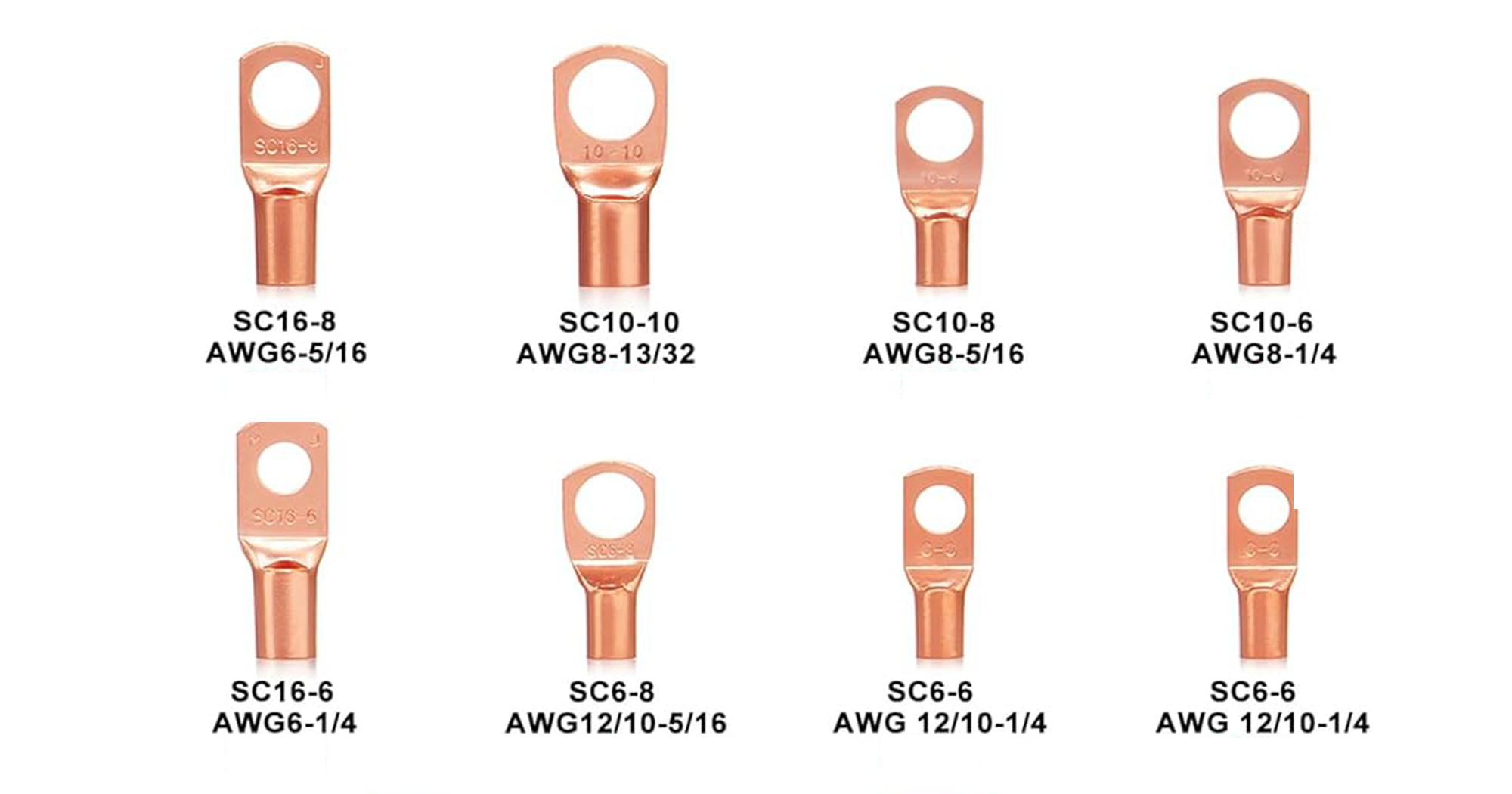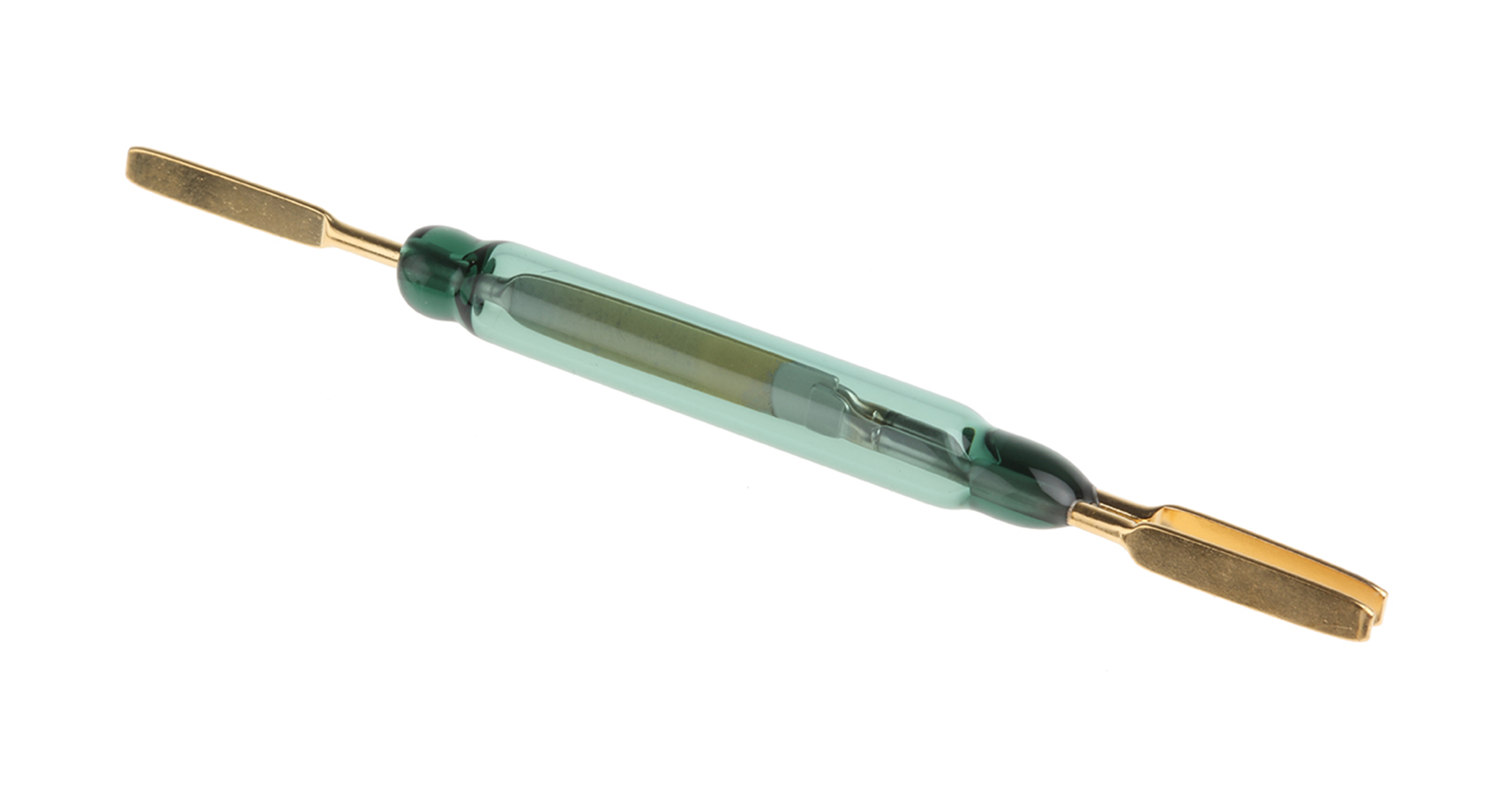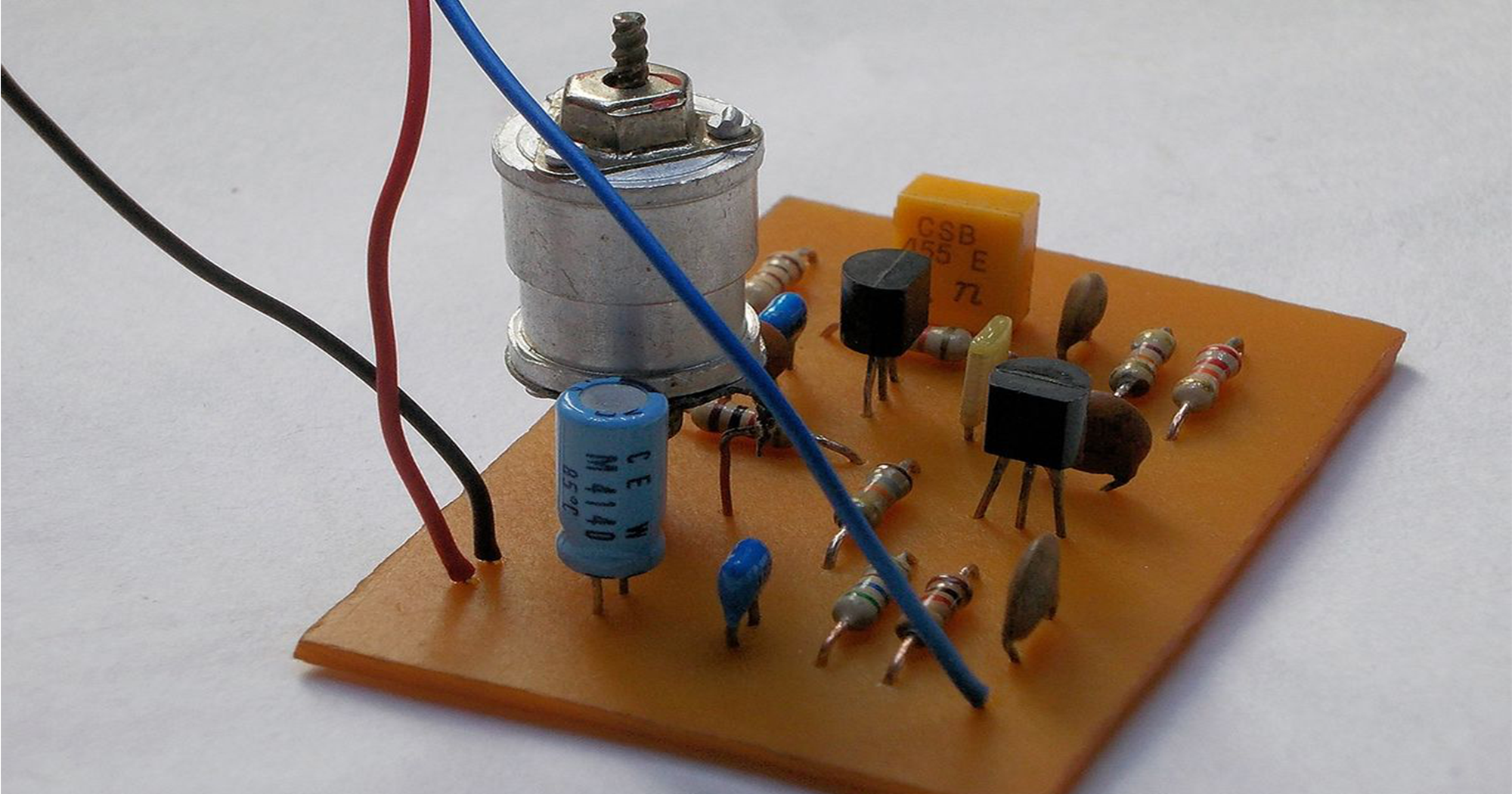What Does "B25/50 = 4250K" Mean in a Thermistor? A Beginner’s Guide for Electronics Enthusiasts
Thermistors, widely used in temperature sensing and control applications, often have technical descriptions that can be daunting for newcomers. A common parameter is B25/50 = 4250K, which might seem cryptic at first glance. This article unpacks the meaning of this parameter and explains how to evaluate it to determine whether a thermistor meets your application’s requirements.
What Is the B25/50 Parameter in a Thermistor?
The B25/50 parameter refers to the Beta value (B-value), a key specification of Negative Temperature Coefficient (NTC) thermistors. It indicates how the thermistor’s resistance changes with temperature, specifically between two reference points: 25°C and 50°C.
B-value: The B-value (measured in Kelvin, K) quantifies the relationship between temperature and resistance. It is calculated using the thermistor’s resistance values at two temperatures, typically 25°C (R25) and 50°C (R50).
4250K: A B-value of 4250K suggests that the thermistor has a steep resistance change over this temperature range, which makes it highly sensitive to temperature variations.
In practical terms, the higher the B-value, the greater the change in resistance with temperature, which can be useful for applications requiring precise temperature measurements.
How to Determine if a B-value is High or Low
The significance of the B-value depends on the application. Here’s how to evaluate whether it’s high or low:
Low B-values (<3000K):
Thermistors with lower B-values exhibit smaller resistance changes with temperature. These are suitable for less sensitive applications, such as rough temperature monitoring or low-precision thermal protection.
Standard B-values (3000K - 4500K):
A B-value of 4250K falls within the standard range for NTC thermistors. These thermistors strike a balance between sensitivity and stability, making them ideal for most general-purpose temperature sensing applications, such as HVAC systems or battery management.
High B-values (>4500K):
Thermistors with higher B-values have steeper resistance changes, offering higher sensitivity. These are useful for applications requiring precise temperature measurements, such as medical equipment or scientific instrumentation. However, they may be more sensitive to noise and environmental variations, so they require careful circuit design.
Why Is the B-value Important?
Understanding the B-value helps engineers and procurement professionals choose the right thermistor for their specific needs. Here’s what to consider:
Sensitivity Requirements: For applications where small temperature changes need to be detected, a higher B-value is preferable. For less critical applications, a lower B-value can suffice.
Operating Temperature Range: Ensure the thermistor’s resistance profile aligns with the temperature range of your system. B-values are most accurate near their reference points, so choose one suited to your expected operating conditions.
Stability and Noise Resistance: Higher B-values may be more susceptible to environmental noise. If stability is critical, consider thermistors with optimized designs for such conditions.
Application Examples:
A 4250K thermistor is suitable for precise temperature control in battery packs or industrial equipment.
Lower B-values might be used in over-temperature protection circuits.
Higher B-values are common in thermometers or environmental sensors.
Conclusion
The B25/50 = 4250K parameter in a thermistor provides essential information about its temperature sensitivity. By understanding the B-value, engineers and procurement professionals can make informed decisions based on their application’s precision and environmental requirements.
When selecting a thermistor, consider the sensitivity, operating range, and stability needed for your system. A 4250K thermistor offers a good balance of performance and precision for many standard applications, making it a versatile choice for various industries.
With this knowledge, you’re now better equipped to evaluate thermistors and ensure you pick the perfect one for your next project.
Some Model Numbers




